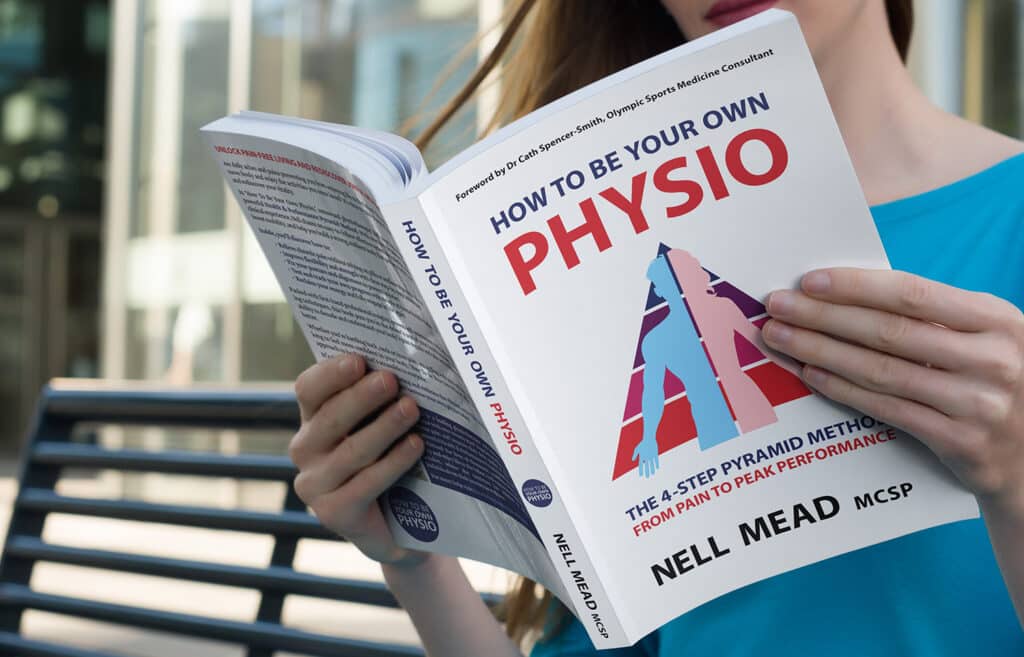Hockey, rugby, football and skiing have a lot in common: all winter sports, practised by millions across the world, involving twisting, turning, and powerful acceleration and deceleration.
They also have a high incidence of knee injuries, particularly to the vital Anterior Cruciate Ligament (ACL) — a very strong ligament which essentially attaches the bottom of the thigh bone (femur) to the top of the shin bone (tibia). It forms a ‘cross’ or a crucifix with the Posterior Cruciate Ligament — hence its name, and the ligaments have a couple of important roles. The ACL helps to stop the tibia shearing forwards underneath the femur in big movements like landing from a jump, and it adds some rotational stability during change of direction movements like side stepping in rugby or tackling in football.
But possibly more importantly, over recent years, researchers have been finding more and more evidence to suggest that the ACL isn’t just a passive restraint that holds the bones together — as we used to believe. It’s now thought that the ACL’s primary role is a sensory one, as it contains lots of tiny cells called proprioceptors, whose job is to send signals up to your brain to tell you where your knee is, in relation to your body and to the ground, and what position it is in. The brain then responds by orchestrating the muscles effectively to protect it. This is especially important for the knee, which is vulnerable because it is effectively a hinge between two long rotating bones (the femur, which rotates at the hip; and the tibia, which rotates over the subtalar joint in the foot), so early and accurate information transmission is vital.
Problems occur because too few people really prepare well for the start of the season or the ski holiday, so the neuromuscular system is detrained and out of practice, so signals up to the brain and down to the knee are slower. After a holiday period, we’re also a bit less fit, with less strength, endurance and flexibility; and are more likely to fatigue quickly, making us less coordinated. People who’ve had previous injuries — especially injuries that haven’t been fully treated — are also more likely to have neuromuscular compromise. The result of this is that the body is slow to respond when things go wrong — resulting in injury.
ACL injuries are devastating. A complete rupture will probably need surgery, which is most effectively carried out at least 6 weeks after the injury, once the inflammation inside the knee has calmed down. The rehabilitation period following surgery is at least 6 months, and more commonly 9–12. If you rupture your ACL, it will almost certainly take you out for the season; but it’s also a fairly common cause of the end of people’s sporting careers. And in the longer term, people who have ACL injuries develop earlier or more severe arthritis than those who don’t. This is definitely one injury to prevent rather than to cure!
So — how do you prevent an ACL injury? Well, the school of thought over the past decade is that prevention is all about balance and technique training. Numerous studies have demonstrated that athletes who train their balance and their landing and twisting techniques, to activate their neuromuscular systems, have a significantly lower incidence of ACL injuriesthan athletes who don’t do this. The neuromuscular training seems to be particularly effective for women; it’s thought this may be because teenage girls generally focus more on one sport and cross-train less than teenage boys, which gives the boys an advantage; and also because women’s knees are a different shape. But there’s also been a good recent study suggesting similarly impressive results for athletes who work on flexibility training.
It’s worth bearing in mind the study populations: the athletes who benefited most from the stability training were young women, whereas the people who benefited from stretching were primarily doing non-contact sports; but both types of training were found to be helpful. My interpretation of these results is that:
- Balance and flexibility are both important, and that working on either is more effective than working on neither — quite possibly, working on both may be more effective still!
- Start state is important — the people who benefited from balance training may have been deficient in balance before they started; whereas the people who benefited from flexibility training may have been tighter.
So where does this take us? Well, I suggest that to get the most efficient results from your “prehab” training, you should get tested to find out which area you’re weaker in (balance or flexibility) — and then focus your training more on that. Why not work with me —call my team on 0207 175 0150 to book one of our 90 minute assessments and give you the right programme to help you injury-proof your knees, whether you want to perform on the pitch or on the piste.







